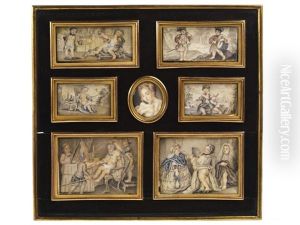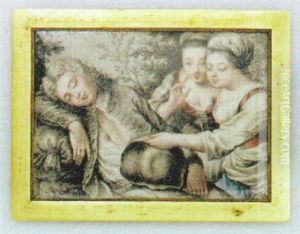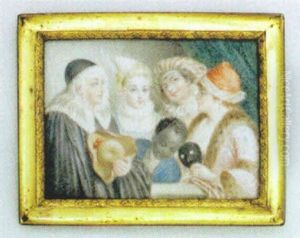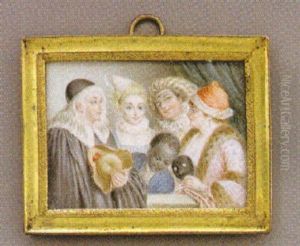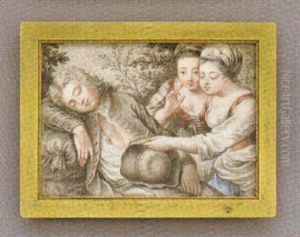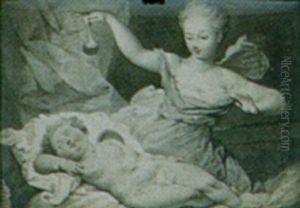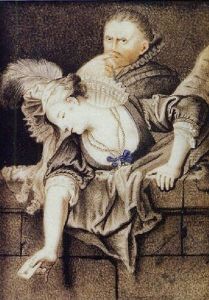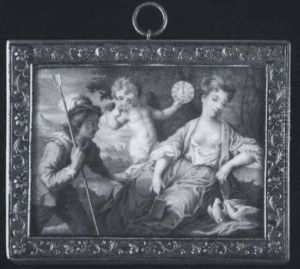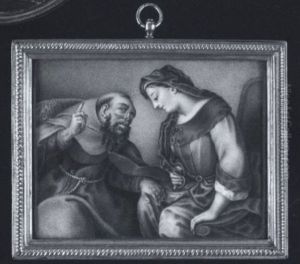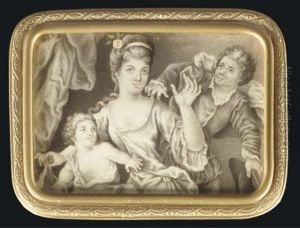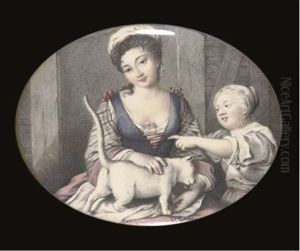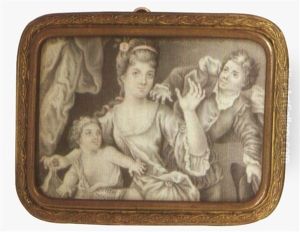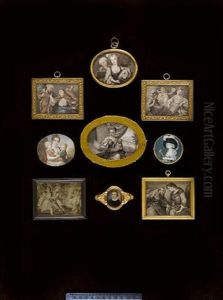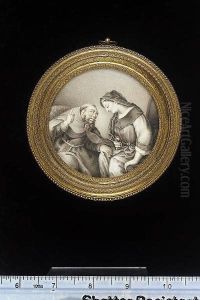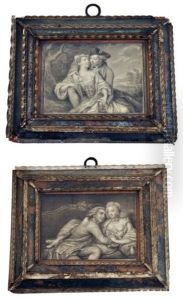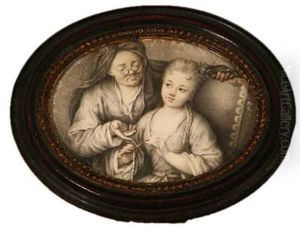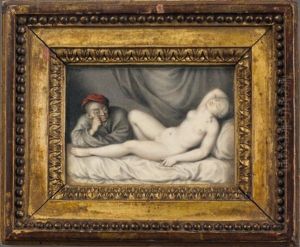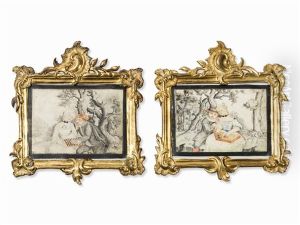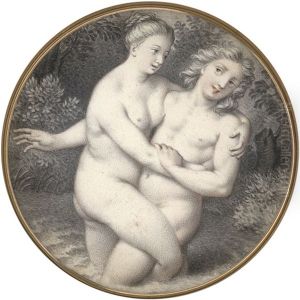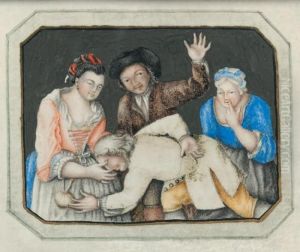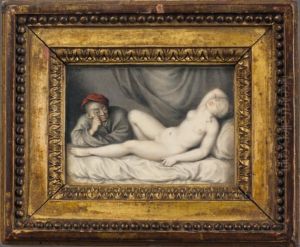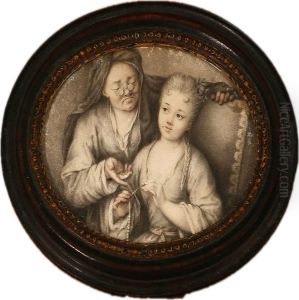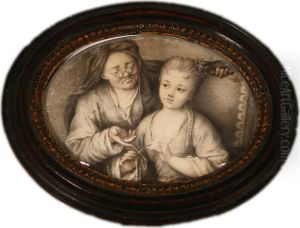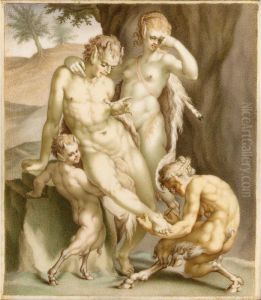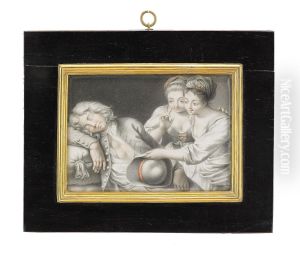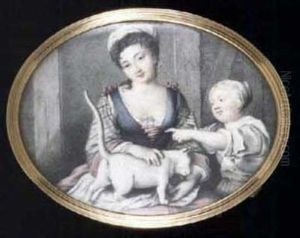Karl-Gustav Klingstedt Paintings
Karl-Gustav Klingstedt was a Swedish miniaturist painter, born in 1657 in Nyköping, Sweden. His work is primarily known for its intricate detail and the vivid portrayal of his subjects. Klingstedt's journey into the world of art began in his early years, showing a proclivity towards painting and drawing from a young age. Despite the limited opportunities in his hometown, his passion and dedication to art drove him to seek training and exposure elsewhere.
Klingstedt's artistic pursuits led him to France, a vibrant center for the arts in Europe, where he was significantly influenced by the Baroque and Rococo movements. These influences are evident in his technique and the flamboyance captured in his miniature paintings. He became well-regarded for his ability to infuse life and character into his miniatures, often depicting scenes from mythology, history, and everyday life with a keen eye for detail and a rich palette.
Throughout his career, Klingstedt enjoyed the patronage of various European nobilities, which was a testament to his skill and the appeal of his work. His miniatures were sought after not only for their artistic merit but also for their ability to capture the essence of the period's social and cultural ethos. Despite the high demand for his works, Klingstedt maintained a meticulous approach to his craft, ensuring that each piece was a testament to his dedication to artistry and perfection.
Karl-Gustav Klingstedt's legacy is that of a master miniaturist whose works continue to be celebrated for their detail, vibrancy, and expressive quality. He passed away in 1734, leaving behind a body of work that continues to be admired by art enthusiasts and historians. His contributions to the art of miniature painting have cemented his place in the annals of art history as one of the foremost miniaturists of his time.
